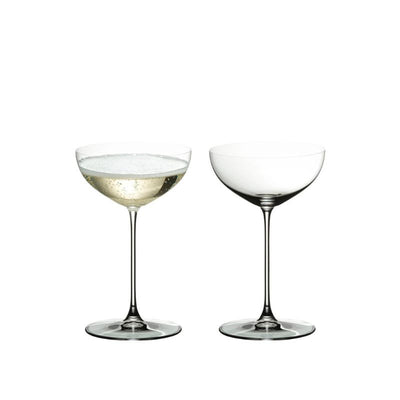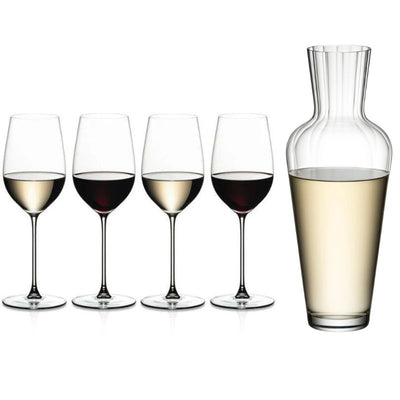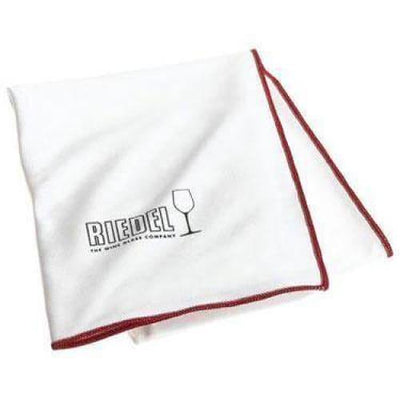Gin & Beer It!

|
Today is World Gin Day... Hurrah!
And if that isn't reason enough to celebrate, next week (15th June) is National Beer Day, or Beer Day Britain!
I've written about gin a number of times over the past few years, from its history and modern day popularity, here to how to create the perfect Gin and Tonic (there's a bit about Champagne in that one too) and even a Gin and Tonic Cake recipe over on Art of Living Cookshop's website.
The idea behind World Gin Day is simple: get people together all around the world and raise a glass to the brilliant spirit that is Gin.
Whether it’s in a cocktail, a G&T or neat as part of a tasting, let’s celebrate this wonderful juniper-laced spirit in all of its glory!
There are WGD events planned all over the world (mainly the UK and Australia, but also Sweden, USA and Canada).
The organiser of WGD (Emma Stokes aka Gin Monkey) has even created the official gin of World Gin Day, using botanicals from all seven continents!
This includes:
- Juniper from Europe
- Liquorice Root from Africa
- Cinnamon from Asia
- Coriander from Australia
- Angelica Root from North America
- Lime from South America
"So far, so good", says Emma. "But if you can count you’ve realised we’re one short: Antarctica. If you know much about Antarctica you’ll know that this is where things got a little tricky.
Firstly, it’s a flippin long way away, secondly chartering a helicopter there is pretty damn expensive (yes, we looked into it). That’s before you get to the problem that very few things grow there, and whatever does grow is restricted from being removed by the Antarctic Treaty of 1959.
So, we employed a little bit of creative thinking and realised that currents of water can freely leave the continent, so we were able to source sea salt harvested from currents of water originating in the Antarctic Ocean – which is added to the gin post-distillation. World:0 - World Gin Day Gin:1." Nice, "outside the box" thinking there Emma!
As well as our "specialist" gin glasses, all of our Oaked Chardonnay glasses are great for gin, as they are the classic "copa de balon" shape.
Beer Day Britain was instigated in 2015 by Jane Peyton (award winning beer sommelier, drinks educator, broadcaster, author, events producer and founder of the School of Booze), and it is supported by all the major organisations in the beer industry including Britain’s Beer Alliance, Society of Independent Brewers, British Beer & Pub Association, and the Campaign for Real Ale.
Beer Day Britain is an annual celebration on June 15th for all beer lovers and it celebrates all beer including traditional ales, mainstream lagers, and limited edition craft beer and everything in between no matter where it is brewed or who owns the brewing company.
June 15th is significant because that is also the date Magna Carta was sealed in 1215. The great charter mentions ale in Article 35.
‘Let there be throughout our kingdom a single measure for wine and a single measure for ale and a single measure for corn…..’
Brewing, in what is now England was probably well established when the Romans arrived in 54 BC, and certainly continued under them.
In the 1980's, archaeologists found evidence that Rome's soldiers in Britain sustained themselves on Celtic ale. A series of domestic and military accounts, written on wooden tablets, were dug up at the Roman fort of Vindolanda, at Chesterholm in Northumberland, dating to between AD90 and AD130. They reveal the garrison at Vindolanda buying ceruese, or ale, as the legions doubtless did throughout the rest of Roman Britain, almost certainly from local brewers.
Ale was made with malted barley, flavoured with herbs and spices but no hops, while beer was a malted barley drink with added hops, bestowing a refreshing bitterness. Flavouring beer with hops has been documented as early as the 9th century, but was only gradually adopted, because of the difficulty in establishing and acquiring the right proportions of ingredients. Before that, a mix of various herbs called gruit had been used, but did not have the same conserving properties as hops.
In the 15th century, an unhopped beer would have been known as an ale, while the use of hops would make it a beer. Hopped beer was imported, from the Netherlands, as early as 1400, and hops were being planted in Kent by 1428. At the time, ale and beer brewing were carried out separately, with no brewer being allowed to produce both.
The early 18th century saw the development of a popular new style of dark beer in London, called porter. Before 1700, London brewers sent out their beer very young and any aging was either performed by the publican or a dealer. Porter was the first beer to be aged at the brewery and despatched in a condition fit to be drunk immediately.
The beer was a stronger, more hopped, longer matured version of the sweeter brown ale popular at the time and this marked the start of large scale brewing. It was exported around the world, including to Ireland where a Dublin brewer decided he would start brewing a local version of Stout Porter (Stout referred to the strength of the beer) in 1759. His name was Arthur Guinness.
The 260 odd years since then have seen huge ups and downs for British beer, from temperance movements and rationing, through lager and real ale, to megabreweries and microbreweries. Despite more than 15,000 pubs closing down since 2000, Britain's brewing future isn't all doom and gloom, largely thanks to the rise in poularity of craft beer and community pubs.
In fact, researching this article has made me appreciate just how many British beers are available, with a vast array of flavours and food pairing opportunities, a subject for a future email and blog post, I think.
I'll need to do a lot more research, so that's something to look forward to!
First off, I think I need to check if Guinness and apple crumble really is a match made in heaven!


















Leave a comment